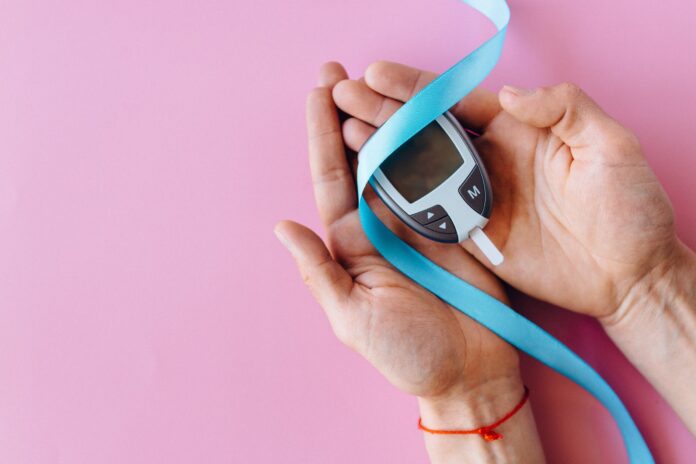Nearly three years ago, I asked in a blog post for The Beacon whether the new Biden Administration would accomplish the seemingly impossible task of lowering insulin prices. At the time, President Biden was more so focused on re-instating components of the Affordable Care Act undone during the Trump Administration.
Many were upset with President Biden for not forcing insulin producers to lower their prices. I disagreed, arguing that the repeated failures of numerous administrations to make insulin cheaper strongly implied more political action is a lost cause in pursuit of lowering drug prices. However, at the end of the post, I wrote, “President Biden will eventually face political pressure to do something… Let’s hope that time comes later rather than sooner.”
It seems the time has come.
Although President Biden previously failed to pass a bill capping insulin to $35 a month for uninsured patients as part of the controversial Inflation Reduction Act, several senators have reintroduced the legislation. In a bipartisan effort, Senators John Kennedy (R-La) and Raphael Warnock (D-Ga) have called on others to “finally make insulin affordable for everyone who needs it” and ultimately “take pressure off the entire healthcare system.”
Senators, the President, and others are optimistic they “have the momentum” to pass this legislation. Swift actions taken by major insulin producers indicate they might be right. Eli Lilly, Sanfo, and Novo all recently announced efforts to lower the prices of their insulins to $35 for select groups. While the targeted date each producer hopes to enact these price cuts varies, their efforts would significantly change the US insulin market.
But would it be for the better? As usual, I am skeptical.
Four years ago, Colorado became the first state to pass legislation to cap insulin co-pays to $100 a month, with additional expenses covered by the health insurance provider. A year after the legislation took effect, one survey found about 40 percent of Coloradoan diabetics admitted to “dangerously rationing” their insulin due to insufficient supply.
Despite these lackluster results, many other states followed Colorado’s lead. As of 2021, 18 other states enacted legislation to limit patient expenditures on insulin. Yet a study published in the Annuls of Internal Medicine finds nearly 20 percent of adult diabetics ration their insulin, with the primary reason being unaffordability. A survey conducted by Yale Medicine in 2017 finds similar rates of rationing, and insulin was cheaper then.
National-level policies are unlikely to fair better. Canada long ago capped the price of insulin but strictly enforced how much insulin can be purchased from a pharmacy at a time (insulin is an over-the-counter medication in Canada).
These policy shortcomings are unfortunate, but not surprising. Economic fundamentals teach us that the cost of all goods, including insulin, is always covered. Policies that cap co-pays, out-of-pocket charges, monthly expenses, and similar pricing strategies only change who covers the cost. When health insurers pay more of the costs, they tighten policies.
Capping insulin prices at $35 nationwide will easily generate such a response. While some politicians, including President Biden, note that producing insulin might cost as little as $10, this is misleading. It costs some producers between $10-$25 to make one vial of insulin. Many people with diabetes use two or three vials a month to regulate their blood glucose levels and require two types of insulin (short-active and long-active). Lowering the monthly price of insulin also entices people with diabetes to use more insulin, meaning reducing the cost of insulin per month to $35 will make insulin consumption considerably higher.
How health insurance providers, medical professionals, clinics, and others tasked with delivering insulin to patients will manage the effects of this legislation will take various forms. But it will ultimately end with rationing- as it did in Colorado, Canada, and elsewhere.
Patients rationing insulin because of high prices is dangerous and deeply concerning. Healthcare suppliers rationing insulin because of the effects of price-caps isn’t better.
